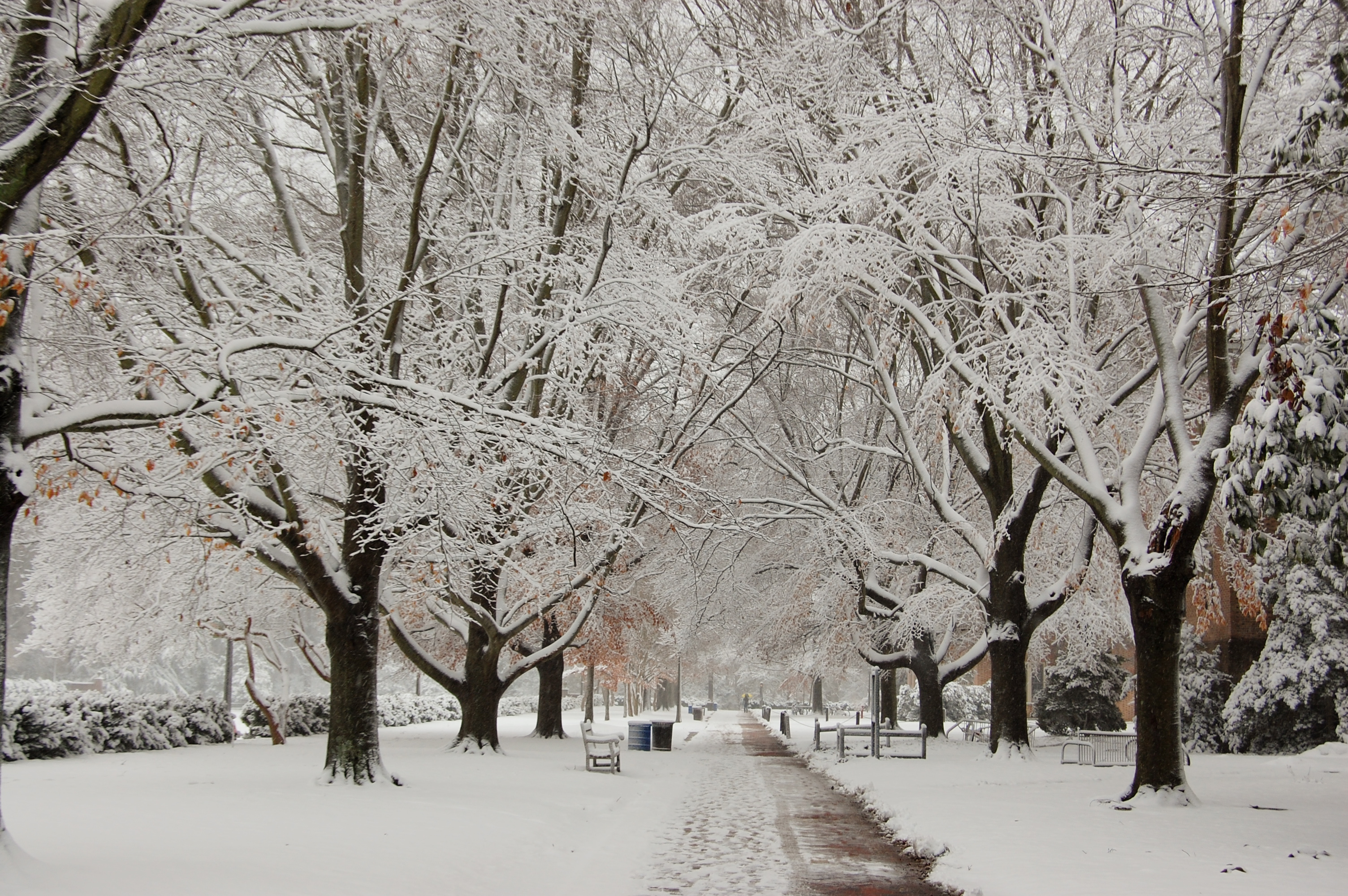Firefighting continues near Bogota, Colombia’s capital city, with over 17,000 hectares of land destroyed and over 20 fires ablaze. Researchers report the ongoing, prolonged drought, the record-scorching temperatures, and the El Niño phenomenon—which was observed impacting Mexico in late 2023 through Hurricane Otis—were all primary factors in the uncontrollable spreading of wildfires. A major drought across Colombia is draining the water reservoirs of Bogota rapidly, which has greatly affected crop fertilization and growth. In January 2024, Colombia peaked in temperatures around 111°F (in a town known as Honda), which turned the dry savannahs and forests into matchboxes. The El Niño phenomenon greatly affects land temperatures in the Southern Hemisphere and tropical regions of the world due to changes in winds and sea-surface temperatures across the Pacific Ocean. Despite these natural calamities, however, the NY Times reported that 95% of all fires were started by human activity such as burning garbage or clearing land for farming. The Colombian authorities have already made 26 arrests for these actions against the environment.
The Colombian president, Gustavo Petro, called a national emergency on the situation on January 24th, 2024. President Petro called on the UN to not only assist in controlling the current wildfires but also prepare to protect the Amazon Jungle later in the year from periodic fires. In addition, the Colombian leader intends to meet with Brazilian President Luiz Inácio Lula da Silva to summon several Latin American countries to establish a Unified Command Post for the Amazon. An important note in the advancement of firefighting was the utilization of a Hercules plane equipped with the Modular Airborne Firefighting System (MAFFS) to mitigate wildfires caused by high temperatures (the first use of such a plane since 2019).
So far, Colombian support has not been successful, with approximately 25 fires still burning and one within 3,000 feet of the capital city. The dire situation has left citizens in hazardous conditions where food, water, and clean air are becoming scarce. Despite the Colombian efforts, which have extinguished hundreds of fires in January alone and over 300 since November, forecasters expect these fires to continue through June, leaving no choice for the citizens but to persevere.






Be the first to comment on "The Colombian Wildfires Rage On – The Hottest January in Decades"